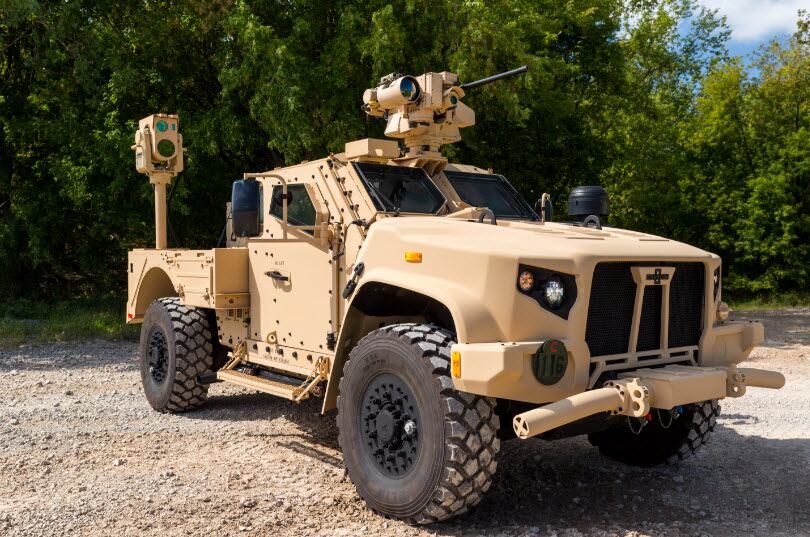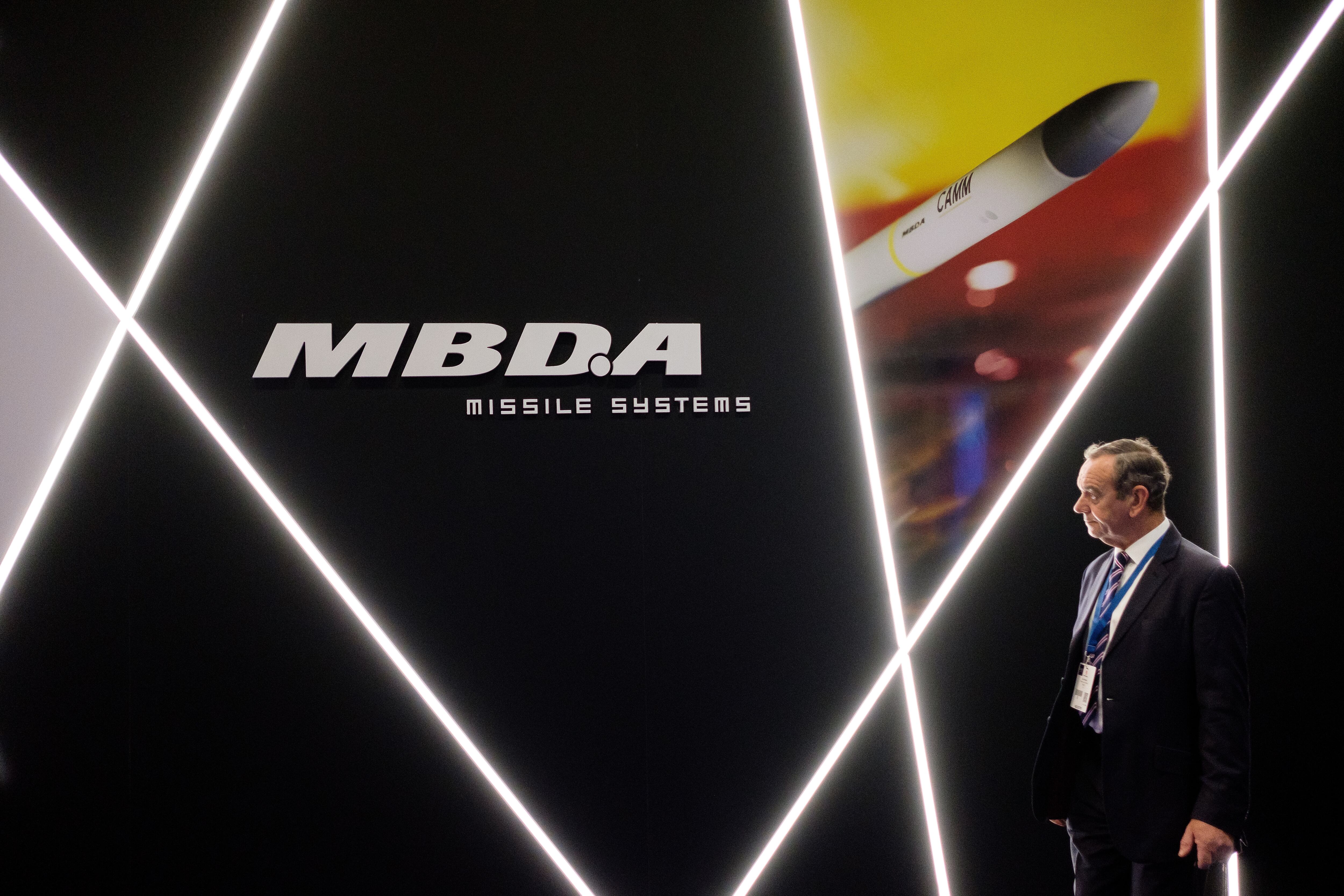LONDON – Britain is planning to invest up to $162 million developing three directed-energy weapon demonstrators, including one aimed at killing drones, the Ministry of Defence has announced.
The MoD said it had notified industry this week, in what is called a Prior Information Notice, of its intention to procure two laser-based demonstrators and a radio-frequency weapon to “explore the potential of the technology and accelerate its introduction onto the battlefield.”
The British look to start the procurement process later this year and hope to have the new systems ready for trials in 2023.
A spokesman for the MoD said it’s too early to talk about any other timelines or exactly how the weapons development work will be procured.
In a statement the MoD said it was forming a new joint program office and is now recruiting personnel to manage the program.
The demonstrators are part of the MoD’s ‘Novel Weapons Programme,’ which is responsible for the trial and implementation of innovative weapon systems. The new arms are expected to reach the frontline within 10 years.
RELATED

The British already have a laser-based technology development effort underway. A £30 million ($37 million) technology demonstrator program known as Dragonfire was awarded to an industry consortium in 2017.
Missile maker MBDA, Qinetiq, BAE Systems, Leonardo and others are involved in the industrial effort.
The Defence Science and Technology Laboratory is leading the effort from the MoD side. Initial trials on Dragonfire are scheduled to take place this year.
The spokesman said that while Dragonfire is about “assessing the viability of the technology, the new work will be looking at issues like size, functionality and exactly how they integrate on existing platforms.”
The new program will include two high-energy laser demonstrators. One onboard a ship for air and surface defense applications and a similar laser mounted on a land vehicle for short-range air defense and counter-surveillance applications.
The third program is aimed demonstrating a high-power radio frequency weapon mounted on a land vehicle against aerial drones and to counter enemy movements. The weapon is designed to disrupt and disable an adversary's computers and electronics.
The MoD statement said Britain already has over 30 years’ experience in radio-frequency and directed- energy weapons “during which time the UK has become a world leader in developing new power generation technologies and a global hub for the performance testing and evaluation of these systems.”
RELATED

“The new systems are expected to be trialed in 2023 on Royal Navy ships and Army vehicles but, once developed, both technologies could be operated by all three services. The armed forces will use these exercises to get a better understanding of DEW, test the systems to their limits, and assess how they could be integrated with existing platforms," said the MoD.
The MoD released images of the laser weapons mounted on a Type 26 frigate and a Wildcat naval helicopter.
The new program still leaves the British playing catch-up in the deployment of laser weapons. The U.S. Navy trialed a laser weapon on an operational warship several years ago and is now planning to install a high-energy laser and integrated optical dazzler with surveillance system on the destroyer Preble in 2021.
On the land side, German defense contractor Rheinmetall has been developing a laser weapon for several years and recently undertook comprehensive trials with a weapon station suitable for mounting on a platform like a Boxer armored vehicle.
Andrew Chuter is the United Kingdom correspondent for Defense News.







